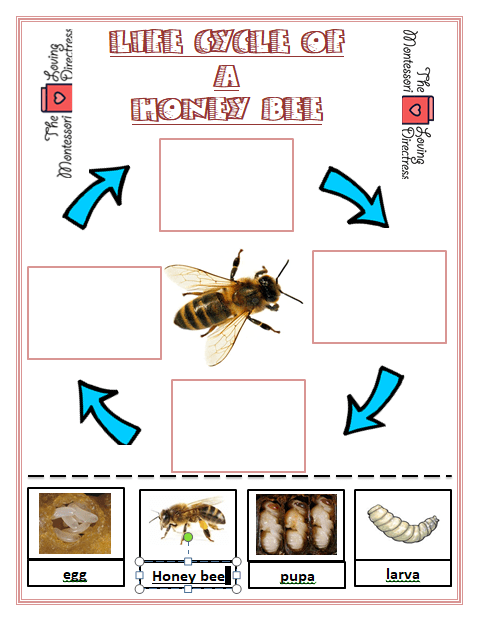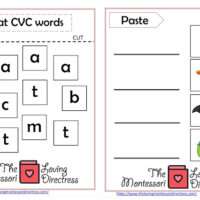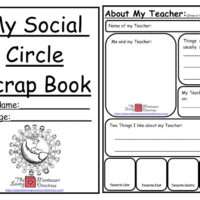After emerging from their pupal case, adult worker bees begin their life in the hive, working to maintain the hive and care for the brood. They clean the cells, feed the young, and regulate the temperature of the hive by fanning their wings. As they grow older, they move on to other tasks such as collecting nectar and pollen from flowers, guarding the hive, and eventually, becoming foragers.
Male honey bees, known as drones, develop from unfertilized eggs laid by the queen bee. Their primary purpose is to mate with a virgin queen bee from another colony. After mating, the drone dies.
The queen bee is the largest bee in the colony and is responsible for laying all of the eggs. She can lay up to 1,500 eggs per day and can live for several years. When the queen bee begins to decline in her egg-laying abilities, the worker bees will create a new queen by feeding a selected larva a special diet of royal jelly.
The life cycle of a honey bee is a complex and fascinating process that is essential to the survival of the colony. Understanding the different stages of development and the roles of each bee within the hive is important for beekeepers and anyone interested in the study of bees.






Reviews
There are no reviews yet.